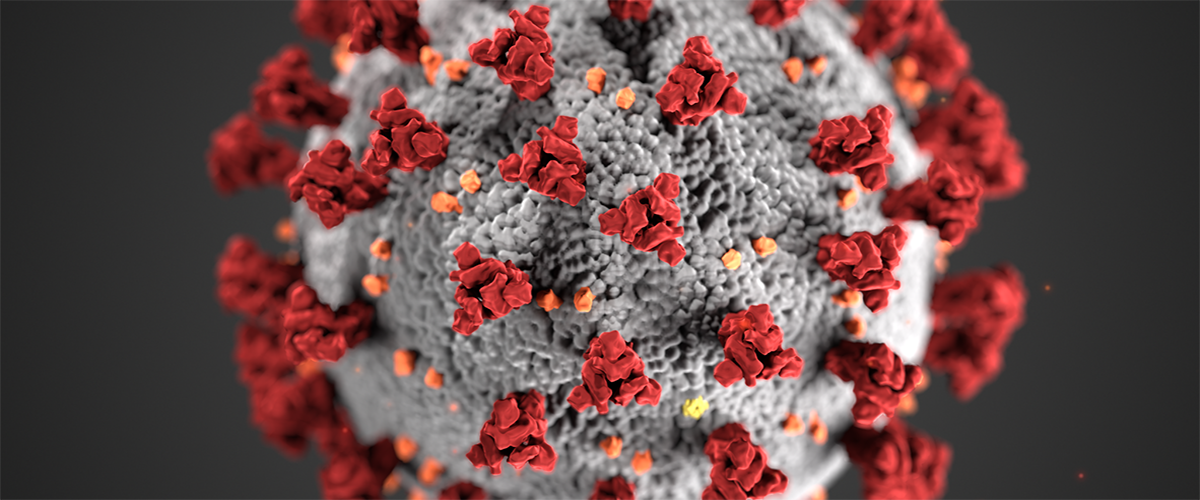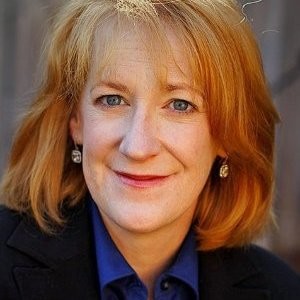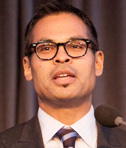COVID Interagency Collaboration Racial Disparities March 15, 2022
It’s been two years since the United States began to shut down to prevent the spread of COVID-19. As we continue in our mission to reduce jail populations across the United States, the Safety and Justice Challenge (SJC) asked some of our strategic allies to reflect on lessons learned from the pandemic.
Systems Adapted to Release More People and Take on New Challenges
Criminal justice systems across the country adapted to keep people safe. “They worked in partnership to reduce arrests and bookings, and they increased releases,” said Wendy Ware, vice president of the JFA Institute. Some jurisdictions made changes to their bail protocols. Others relied on technology to keep operating. Where possible, they also focused on behavioral health to improve reentry success.
But COVID-19 also further exposed racial inequities in jails across the country. “In many cases, we saw racial disparities increase across participating cities and counties as a larger percentage of White people were released from jail than Black people,” Wendy said. You can read Wendy’s December 2020 blog, “Five Things COVID-19 Taught Us About Safety and Justice.”
“The pandemic exposed and exacerbated existing inefficiencies and inequities in the justice system,” said Marc Levin, Chief Policy Counsel at the Council on Criminal Justice. “But it also inspired innovations such as remote check-ins for people under supervision that should remain a component of the system as we enter a ‘new normal.’”
Marc said it is now a critical task to deliver on the constitutional promise of a speedy trial. There have been “staggering delays stemming from court closures in systems that were already backlogged to some extent before COVID-19,” he said. Fortunately, “many SJC sites are leading the way in addressing this,” he said. “For instance, by diverting trivial cases, such as those involving warrants for unpaid fines and fees and low-level drug possession, as well as investing in holistic indigent defense so more individuals can be connected with treatment resources, mediation, and other off-ramps earlier in the process.”
Racial Disparities Persisted
Christopher James is a Racial Justice & Well-Being Associate with a Specialization in Criminal Justice at the W. Haywood Burns Institute. He also saw racial and ethnic disparities persist despite policy and practice changes during COVID-19, which led to overall population reductions. “This could mean that Black and Latinx populations which have been most susceptible to COVID-19 due to healthcare disparities have needs that are not sufficiently met by system changes,” he said. “In addition to that, many changes, such as allowing for hearings via Zoom or changes to the bond schedule, are being rolled back, and we must fight to show that these types of changes should remain to make the system and its processes more equitable for everyone.”
Christopher said legal systems were all capable of making many of the changes that took place during COVID-19. But it took the pandemic crisis to make them happen. He wants to keep the pressure up to keep valuable changes in place. “We must continue to hold systems accountable to keep these changes and not to wait until another crisis to begin thinking differently about what accountability can look like outside of secure custody,” he said.
“The arrival of the COVID-19 has only exposed the systemic inequities and racism in this country’s incarceration and detention policies,” said Ronald Simpson-Bey Executive Vice President, JustLeadershipUSA. “Even before the nation’s correctional facilities showed COVID-19 infection rates more than 150 times higher than the general population, correctional facilities were in a state of crisis.”
COVID-19 revealed prisons had “no real plan to deal with the outbreak,” Ronald said. In fact, most prisons do not have plans in place to deal with any kind of emergency. At the height of the crisis, Ronald wrote a blog about why jails need better emergency planning. Policymakers’ gross lack of foresight, care, and attention to protect people in prison and jails during this crisis, and all the ones that have preceded it, is reprehensible,” Ronald said. “The refusal to save the lives of the people behind bars, disproportionately Black and Brown, reflects the idea that these people are disposable.”
Ronald points out that people in jails and prisons are our mothers, fathers, teachers, and community members. They are human beings and their lives matter. Policymakers have fallen behind the curve, relying on “arbitrary standards” to release people and leave them waiting too long for release even when plans are in place, Ronald said.
Reframing Jail Populations as A Public Health Issue
“COVID-19 only affirmed a rapid need to decarcerate,” said Evie Lopoo, Project Manager at The Square One Project at Columbia University. She added that the rapid spread of the virus in jails and surrounding communities showed the “profound” connection between the health of people in jails and prisons and the health of entire communities. “Reducing jail and prison populations is a matter of public health and should be framed as such,” she said.
County and City Governments Found a New Role in Making Change
“County governments have served on the front lines of the nation’s response to the pandemic,” said Larry Johnson, President of the National Association of Counties. Larry is also a County Commissioner in DeKalb County, Georgia. He said counties have been using new resources from the American Rescue Plan to shape their response. “We are investing in building healthier, safer counties where all our residents have opportunities to thrive,” he said. That means pursuing innovative practices with community partners to reduce the misuse and overuse of jails. It also means “improving outcomes for individuals involved in the justice system, especially residents with behavioral health conditions,” Larry said.
Kirby Gaherty is a Program Manager for Justice Initiatives at the Institute for Youth, Education and Families at the National League of Cities. The pandemic has meant “a lot of long days for the team at NLC,” she said. “We are happy to now see, after months of advocacy from members of the team, that cities are taking advantage of the American Rescue Plan to invest in much needed justice transformation projects like violence prevention strategies, alternative response models and more, in addition to other important investments.”
Kirby also said that much of her organization’s justice and public safety work shifted after the murder of George Floyd and the subsequent demonstrations. “While manifesting out of tragedy, the results were a much-needed refresh for our Justice Initiatives team here at NLC,” she said. “Our work with Mayors and Councilmembers across the country via the the Reimagining Public Safety Task Force resulted in two strong reports that we hope to advance through our SJC network and beyond. Unfortunately, narratives around violence and crime throw somewhat of a wrench in that work. But we are still hopeful to see cities make the changes that they committed to back in 2020.”
Moving Beyond What We Have Always Done
Kirby said the pandemic offered new perspectives for many people working on justice reform. It provoked a “new intentionality” around the work, she said. “It is unfortunate that it took a global pandemic slowing us down to get here,” she said. “But the results brought a stronger connection with local and national partners, more intentional engagement of people with lived experience and members of the community, and the ability to move beyond what we have always done.”









